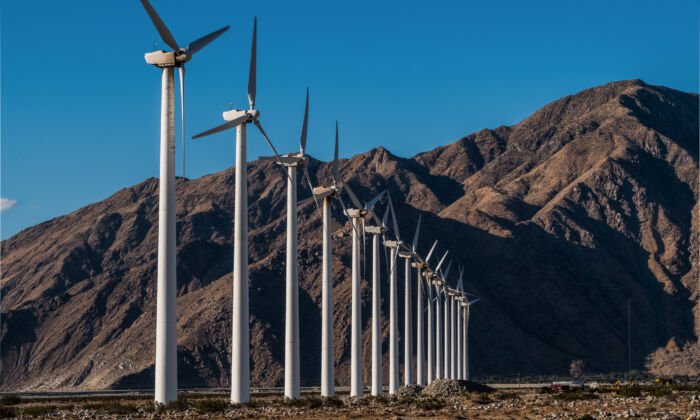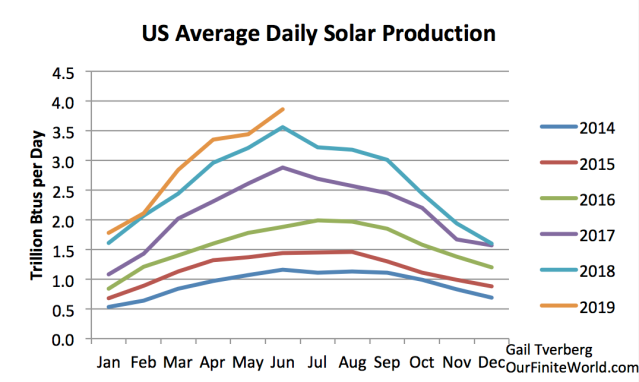When it comes to “renewables” wreaking havoc on the environment, wind turbines have stiff competition. For example, over 500,000 square miles of biofuel plantations have already replaced farms and forests to replace a mere 4 percent of transportation fuel. To source raw materials to build “sustainable” batteries, mining operations are scaling up, with no end in sight, in nations with appalling labor conditions and nonexistent environmental regulations. But the worst offender is the wind industry.
America’s wind power industry somehow manages to attract almost no negative coverage in the press, or litigation from environmentalists, despite causing some of the most obvious and tragic environmental catastrophes so far this century. Last August I wrote about the ongoing slaughter of whales off America’s northeast coast thanks to construction of offshore wind turbines:
“When you detonate massive explosives, repeatedly drive steel piles into the ocean floor with a hydraulic hammer, and blast high decibel sonar mapping signals underwater, you’re going to harm animals that rely on sound to orient themselves in the ocean. To say it is mere coincidence that hundreds of these creatures have washed ashore, dead, all of a sudden, during precisely the same months when the blasting and pounding began, is brazen deception.”
Nonetheless, when the story can’t be buried, deception is the strategy. Not one major environmental organization, government watchdog agency, or media outlet has called for a slowdown in industrial offshore wind projects. Instead, they repeatedly claim these allegations are misinformation. And from that paragon of truth, FactCheck.org, we get this: “No Evidence Offshore Wind Development Killing Whales.”
…click on the above link to read the rest…











 Recent renewable energy auctions in a number of countries have been won by record low solar and wind bids – proof, according to some media sources, that wind and solar are already cheaper than fossil fuels. This post addresses the question of whether these low bids are realistic and concludes that they probably aren’t. But a detailed assessment of why they aren’t – and why wind and solar auction bids vary so much from country to country – is beyond the scope of a single blog post. Correspondents who can supply country-specific details on these questions are encouraged to provide them.
Recent renewable energy auctions in a number of countries have been won by record low solar and wind bids – proof, according to some media sources, that wind and solar are already cheaper than fossil fuels. This post addresses the question of whether these low bids are realistic and concludes that they probably aren’t. But a detailed assessment of why they aren’t – and why wind and solar auction bids vary so much from country to country – is beyond the scope of a single blog post. Correspondents who can supply country-specific details on these questions are encouraged to provide them.




 In his
In his 

